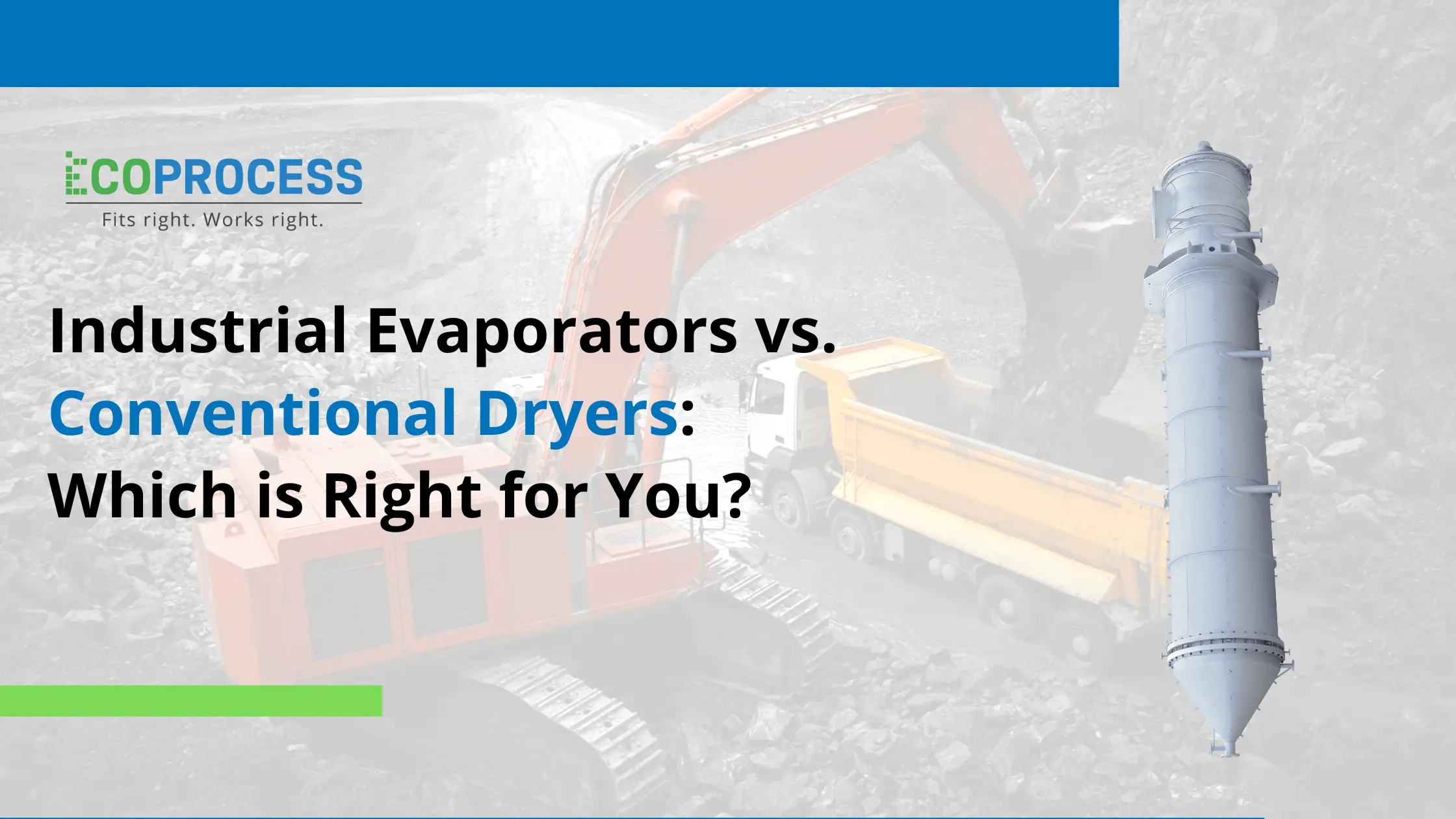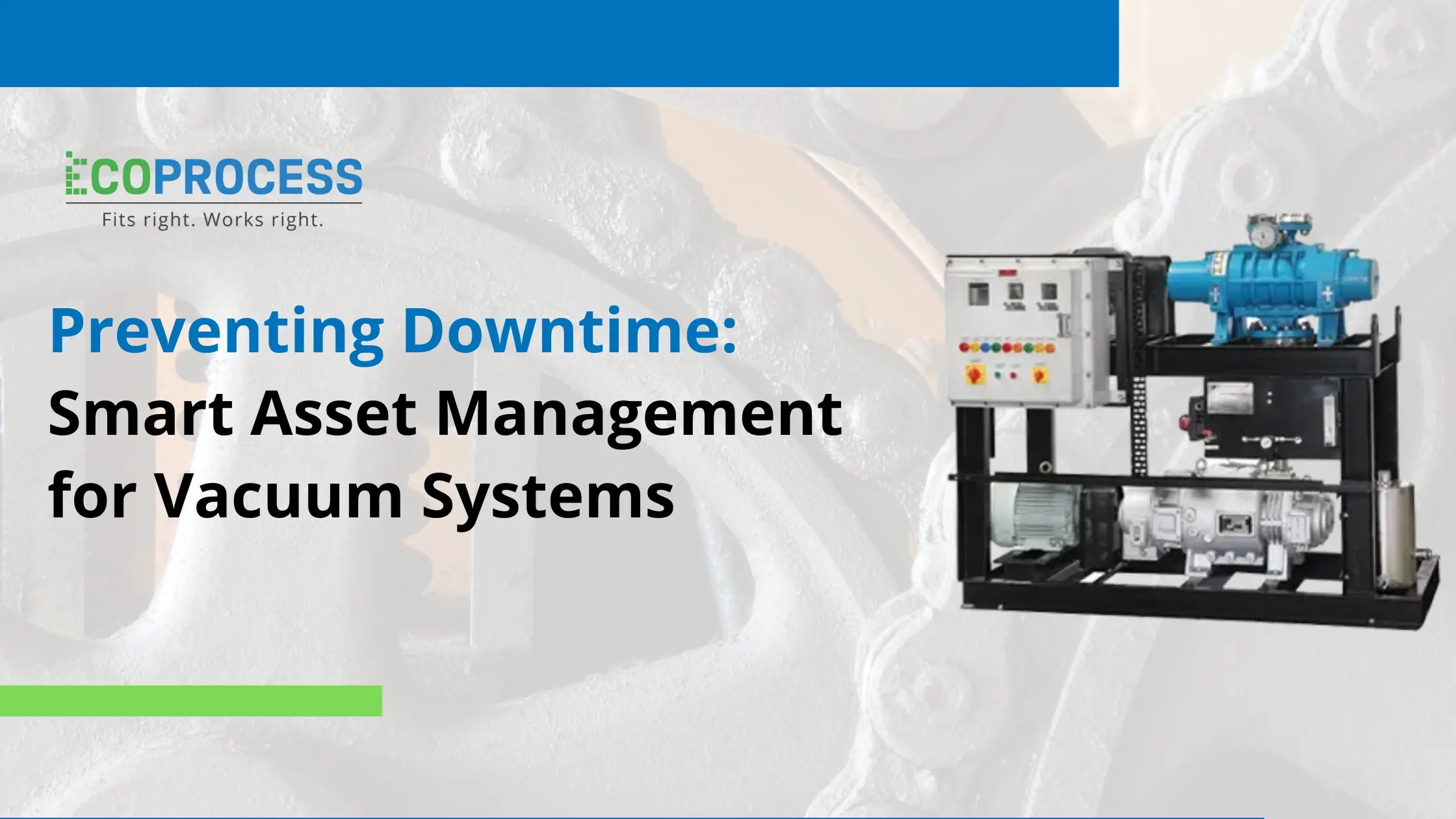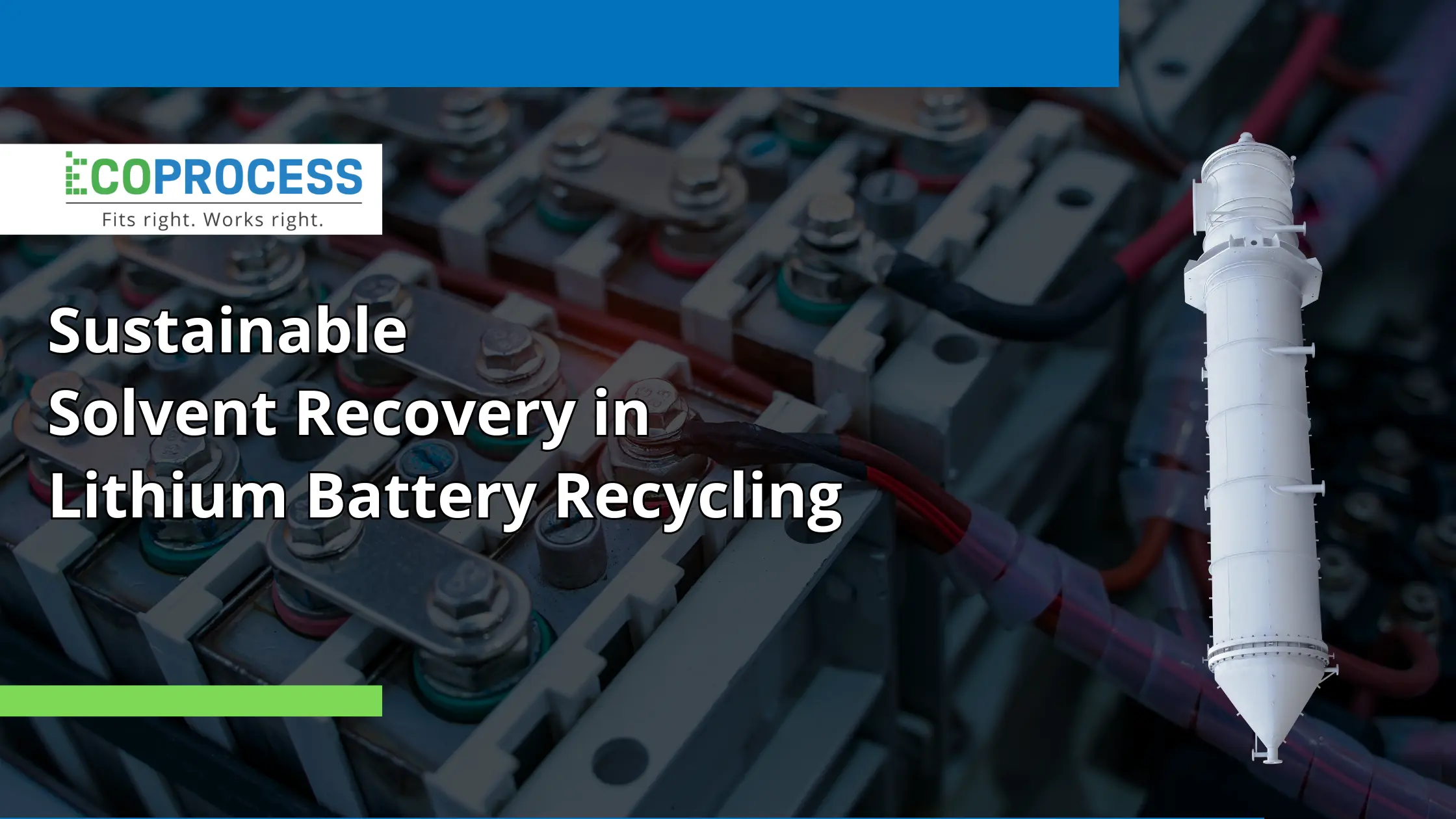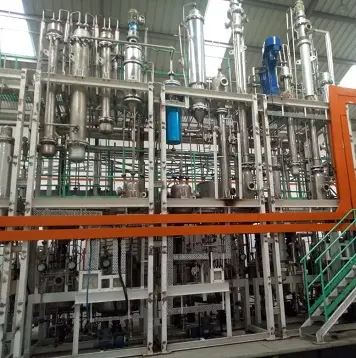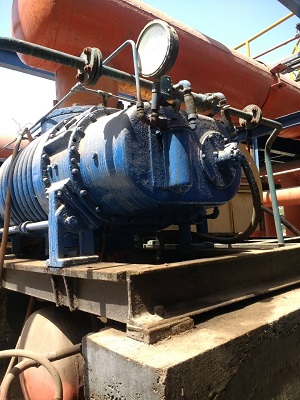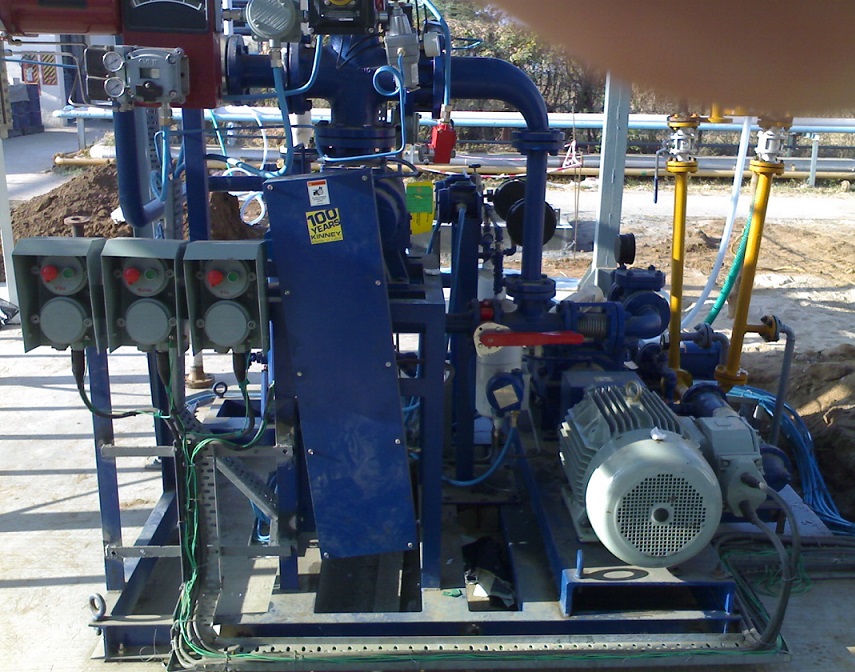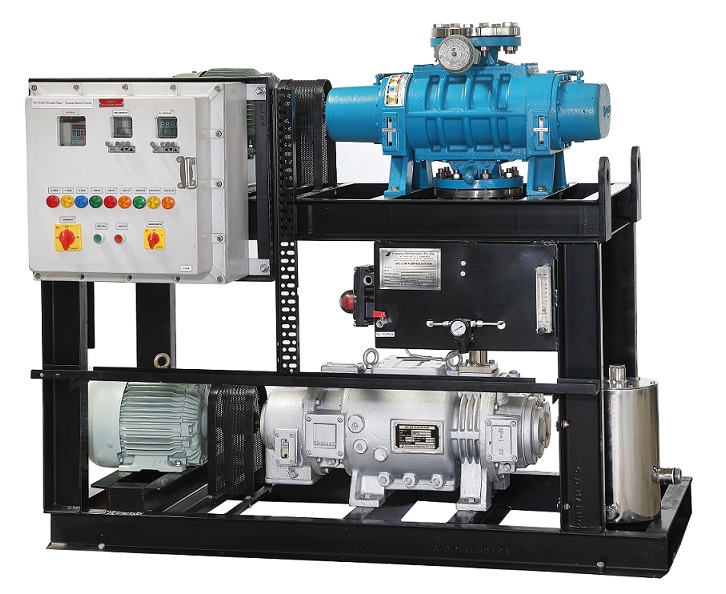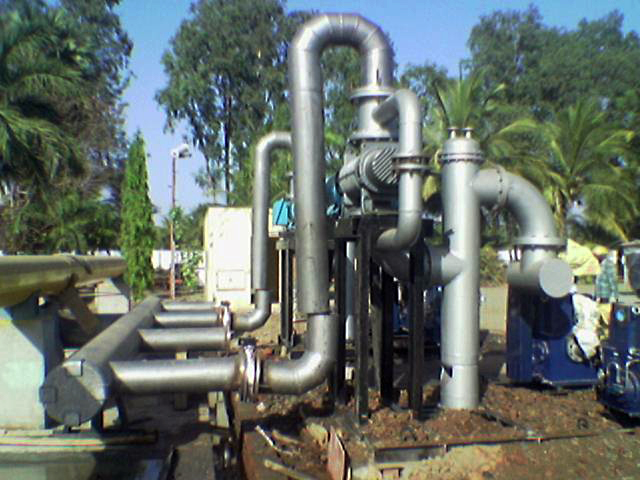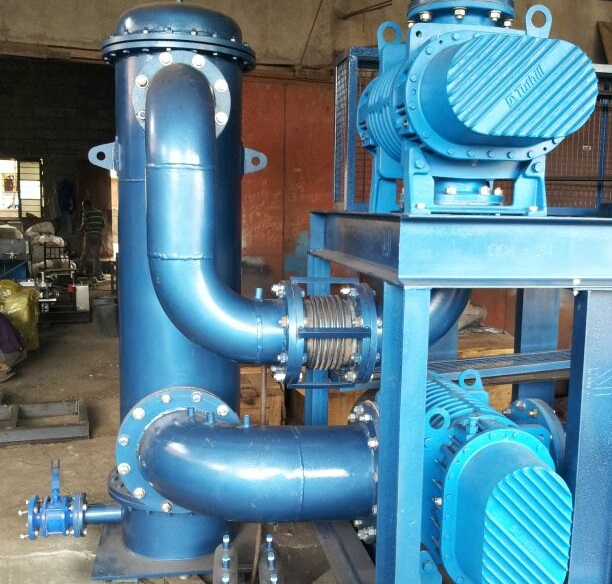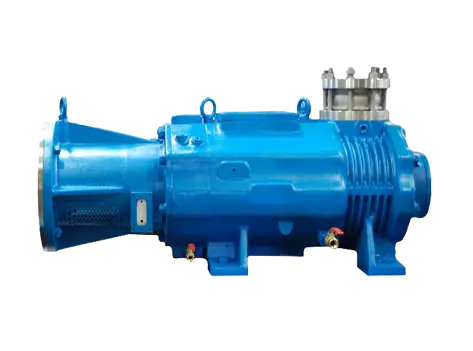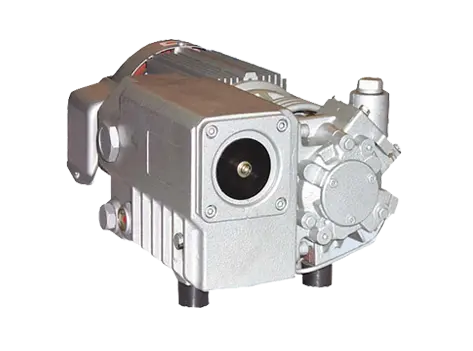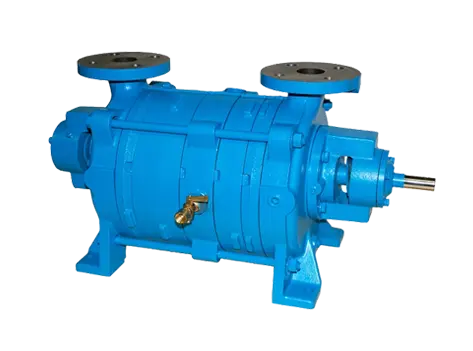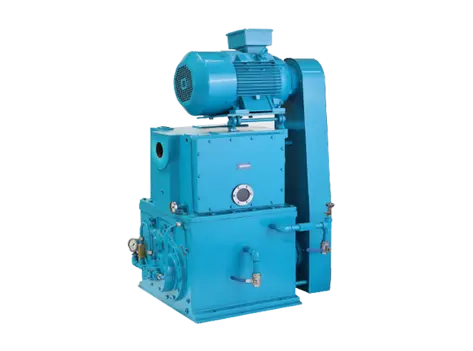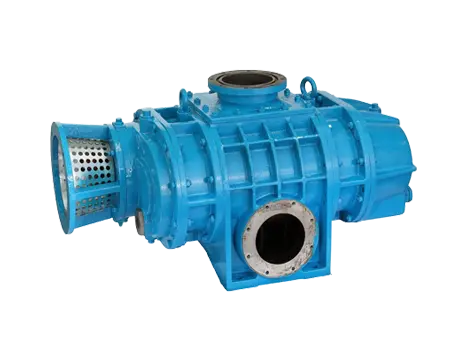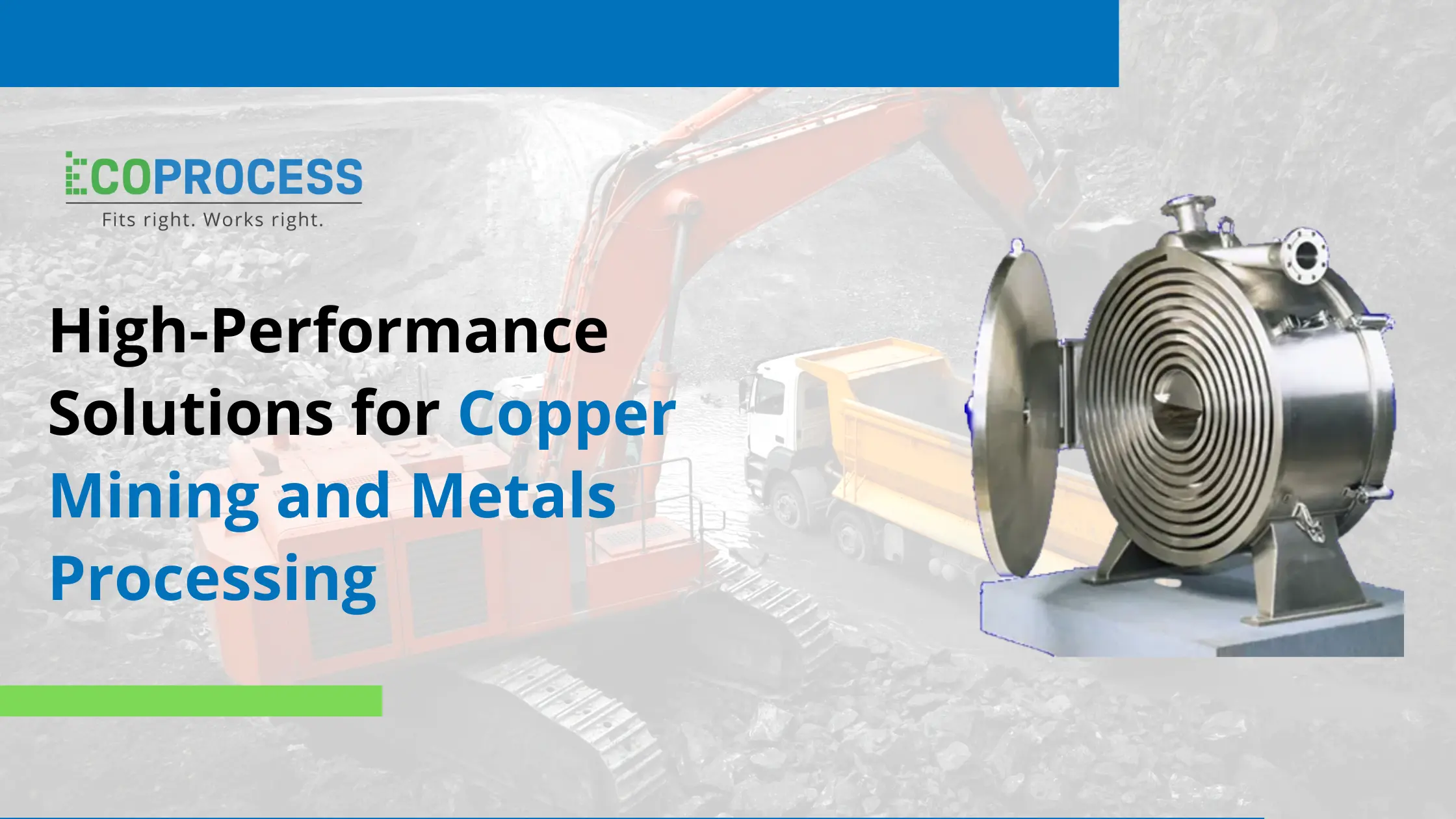
High-Performance Solutions for Copper Mining and Metals Processing
The foundation of modern industry is copper. It silently fuels expansion in almost every industry, passes via electrical wiring, and serves as the foundation of renewable energy systems. However, there is a price to extracting copper from the earth and converting it into a useful substance. Mining and processing have a significant environmental impact and consume a lot of energy.
Companies now have to deal with a new set of demands, including increased expenses, stricter environmental laws, and the ongoing need to maintain operations' efficiency and safety. Newer process technologies are beginning to have an impact there.
For instance, sophisticated evaporators and vacuum systems are assisting companies in recovering valuable resources, reducing waste, and operating more sustainably.
Challenges in Mineral Processing
Copper mining is complex. It involves multiple steps: crushing, grinding, flotation, concentration, smelting, and refining. Each stage presents unique technical and environmental challenges.
-
Water use and effluent
Mineral processing consumes large volumes of water. Discharges contain acids, dissolved metals, and chemical reagents. Treating this wastewater is both costly and necessary for compliance. -
Energy demand
Smelting and concentration are energy-intensive. Rising energy prices push mining companies to seek more efficient equipment. -
Safety risks
Handling chemicals and operating under extreme heat and pressure create safety hazards. Technologies that reduce operator exposure are highly valuable. -
Resource recovery
Loss of valuable materials such as copper, gold, or by-products during processing affects profitability. Improved recovery methods boost yield and revenue.
Meeting these challenges requires equipment that is reliable, efficient, and designed for harsh environments. Vacuum systems and evaporators offer proven solutions.
Role of Vacuum Systems in Ore Concentration
Vacuum technology plays an important role in several steps of copper and metal processing.
-
Vacuum filtration
After flotation, ore slurry needs dewatering. Vacuum filters remove water quickly and efficiently, producing a concentrated solid product. This reduces drying time and lowers energy use downstream. -
Vacuum distillation
Certain metallurgical processes involve the separation of volatile compounds. Vacuum distillation allows these processes to run at lower temperatures. This protects materials, saves energy, and improves product quality. -
Gas removal
In electro-refining and smelting, dissolved gases can create defects. Vacuum degassing removes these gases, improving the integrity of final metal products. -
Worker safety
By containing and removing hazardous vapors, vacuum systems reduce risks for plant operators.
Vacuum systems are not just add-ons. They are central to stable, efficient copper concentration and refining.
Effluent Treatment in Metals Processing
Wastewater from copper mining and smelting often contains heavy metals, sulfates, and acids. Conventional treatments such as neutralization or sedimentation may not be enough. Modern plants rely on evaporation-based systems to achieve higher performance.
Evaporation Systems
Evaporation is a thermal process where water is separated from contaminants. In mining, evaporators handle effluents that are too concentrated or hazardous for biological treatment.
-
Multiple Effect Evaporation (MEE)
This system reuses steam from one stage to heat the next, cutting energy costs. It is effective for large-scale effluent treatment in mining. -
Agitated Thin Film Dryers (ATFD)
ATFD units are used to concentrate effluents to dryness. They recover clean water and leave solid residues for safe disposal. -
Zero Liquid Discharge (ZLD)
By combining evaporators, ATFD, and crystallizers, companies achieve ZLD. This ensures no liquid effluent is released into the environment.
Benefits
-
Reduces fresh water intake
-
Recovers valuable salts or by-products
-
Cuts chemical consumption in treatment
-
Helps meet strict discharge standards
-
Improves environmental reputation
In regions with water scarcity, these benefits are critical for maintaining social license to operate.
Case Studies
South American Copper Concentrator
Vacuum belt filters were used in a sizable copper concentrator in Chile to dewater ore slurry. By trapping finer particles, this enhanced copper recovery and cut drying expenses by 20%. Operators claimed less downtime and more consistent output.
India's Metals Refinery
A multi-effect evaporator system was installed for wastewater treatment in a non-ferrous metals refinery. The facility recovered more than 90% of the water and had zero liquid discharge. Chemical expenses were reduced by reusing solid wastes that included valuable salts in smelting operations.
African Mining Operation
Vacuum degassing was used in an African copper mine during the electro-refining process. By reducing gas-related flaws, the technology enhanced cathode quality and decreased rejection rates. This decreased rework expenses and increased profitability.
These illustrations demonstrate how cutting-edge process technologies directly promote sustainability, efficiency, and safety.
Conclusion
Copper mining is central to the global economy, but it faces serious challenges: high energy use, water scarcity, safety risks, and environmental pressure.
Vacuum systems and evaporator technologies provide high-performance solutions. They improve ore concentration, enhance metal recovery, treat wastewater efficiently, and support zero liquid discharge goals.
For companies in copper and metals processing, investing in these systems means:
-
Lower operating costs
-
Better safety standards
-
Higher recovery rates
-
Stronger environmental compliance
As the need for copper in infrastructure, renewable energy, and electric vehicles increases, so too will the need for efficient and clean processing. In order to supply this need while protecting the environment and public health, vacuum and evaporation systems are essential.
FAQs
1. How might copper mining be aided by vacuum systems?
They remove gases from molten metals, increase slurry dewatering, lower distillation energy, and improve product quality while protecting workers.
2. How do evaporators help in metal recovery?
Evaporators concentrate residues, recover clean water, and cleanse effluents. Additionally, they allow for zero liquid discharge, which lessens the impact on the environment.
3. Can energy expenses be decreased by these systems?
Indeed. Across stages, energy is reused through multiple-effect evaporation. Additionally, vacuum procedures use less power since they run at lower temperatures.
4. What advantages do they provide for safety?
Vacuum systems limit operator exposure by containing dangerous vapours. Additionally, direct contact with hazardous effluents is reduced via automated evaporation systems.
